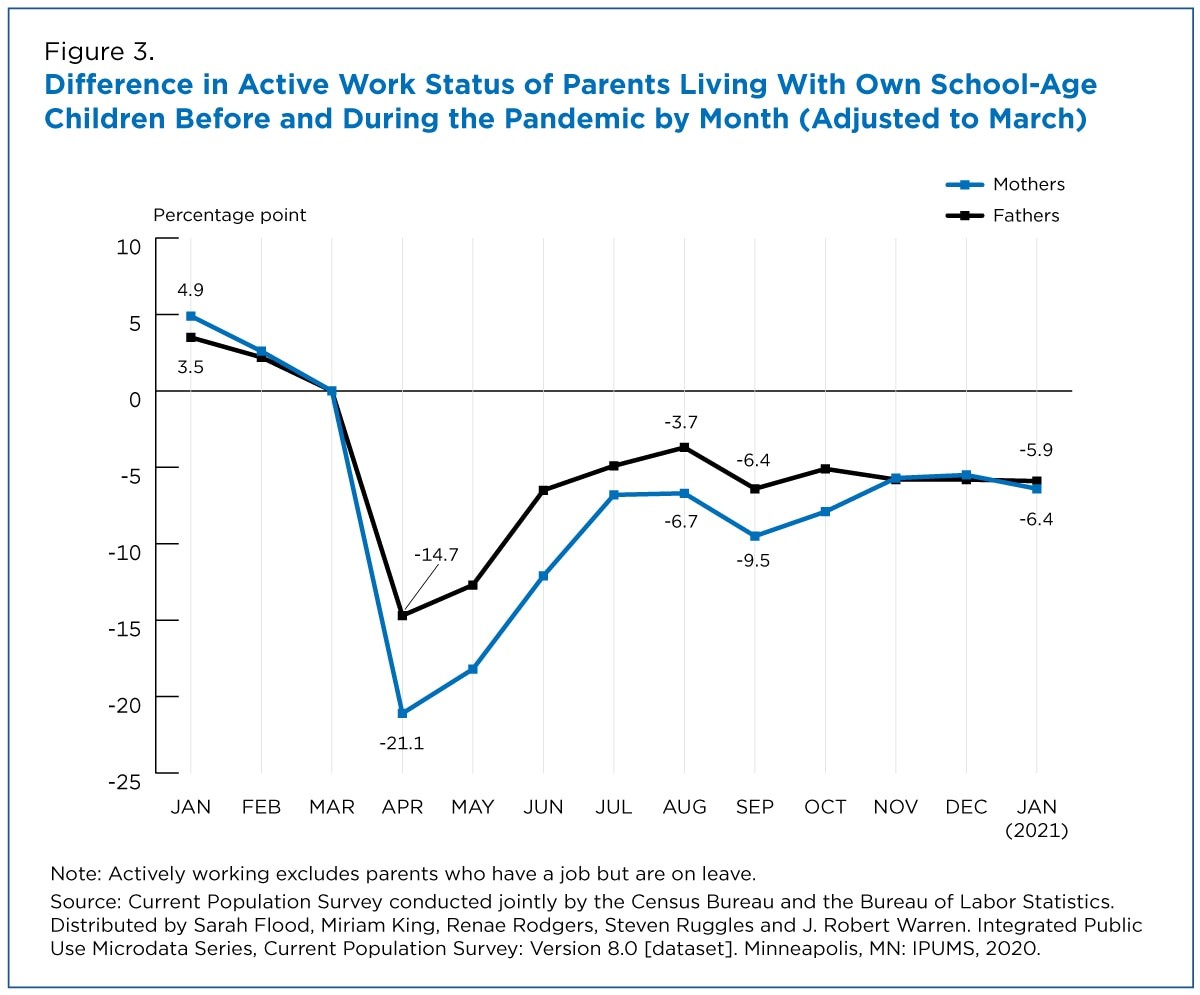Prosperity Perspective: COVID-19 Impact on Childcare
By: Kristin Jordan, Florida Equality of Opportunity Initiative
Despite the crucial role childcare providers play in supporting parental employment and family self-sufficiency, the childcare system as a whole is at risk. Providers who formerly acted in support of other essential industries during the COVID-19 crisis have been faced with having to close their programs due to an inability to sustain normal operations. Childcare centers once operated under the promise that they would always be there when parents have to work. Now, each teacher resignation, coronavirus exposure, and daycare center closure reveals an industry on the brink, with wide-reaching implications for the economy’s sustainability.
The COVID-19 pandemic has had a tremendous impact on an already struggling childcare system nationwide. For years, parents have struggled to find and afford childcare that meets the needs of their families, and childcare businesses have equally struggled to balance the cost of providing said care with limited resources. In Florida, the current childcare crisis makes finding developmentally appropriate care extremely difficult for parents and guardians. Simply put, in many cities around Florida, childcare is scarce and expensive. Across our state, nearly 40% of Florida residents live in a childcare desert, which is any area where there are at least three times as many children as there are available licensed childcare slots.1 Furthermore, even when parents are able to locate quality care for their children, the increasingly high cost of sending their children to providers remains a significant barrier. According to the U.S. Treasury Department, parents of children under 5-years-old pay on average around $10,000 annually for childcare – with Florida trailing closely at $9,238.2 Families currently need to devote about 13% of their income to childcare, a number the U.S. Treasury considers unaffordable for most. At every income level, Florida parents struggle to ensure safe, stable, and nurturing childcare, which has an adverse effect on a parent’s economic freedom.
How does access to a childcare becoming the limiting factor to a family’s ability to achieve security in their health and collective well-being? The gradual decrease in childcare accessibility nationwide has a negative domino effect across the nation. For parents and guardians, the slow death of childcare centers determines how active they can be in the labor force. Temporary changes have long-lasting effects: the COVID-19 pandemic has further revealed that the absence of reliable and affordable childcare limits which jobs people can accept. Nearly 20% of parents had to leave their in-person jobs due to the complicated childcare challenges presented by COVID-19.3 The national crisis has also forced many people, namely women, to leave their jobs, further exacerbating the current gender inequality crisis.
4
Working mothers who previously carried the burden of most family caregiving responsibilities were already faced with a childcare system inadequately built for a society where most parents do not work from home. More than 10 million U.S. women rely on childcare and schools to keep their children safe while they work – and disruptions to daycare centers, schools, afterschool programs, etc. brought on by the pandemic, has resulted in more mothers reducing their hours or leaving their jobs entirely.5 For those employed by a childcare facility, the COVID-19 pandemic brought an imminent threat of unemployment. Throughout the pandemic, the childcare industry has lost more than 126,000 positions, and many centers are in danger of closing permanently if they have not already.6 Centers are struggling to remain open due to difficulties in hiring and retaining skilled workers, a problem that has only been worsened by the pandemic. Consequently, individuals let go as a result of facility closures are now faced with the same challenges of finding a new job and securing care for their children, if needed. Family childcare providers are among the country’s most essential workers, yet the COVID-19 crisis has revealed that these workers suffer greatly due to a weakening infrastructure.
As the COVID-19 pandemic has strained the childcare system, the needs of parents and providers have been made plain. The nation’s long-term well-being depends on a childcare infrastructure that works for every household at every income level. The pandemic did not create many of the current challenges. It simply uncovered the already fragile childcare system that existed in Florida and the nation as a whole. While 92% of U.S. employers state they are aware of the childcare needs of their employees, only 40% have offered additional childcare accommodations, assistance, or benefits due to COVID-19.7 Childcare is not just a parental issue – it is an economic, public health, and community issue as well. Working families need access to high-quality childcare now so that parents can succeed in the workforce today, and their children can succeed in whatever paths they choose tomorrow.
1OPINION: Florida has too many ‘child care deserts’
2The Economics of Child Care Supply in the United States
3 Childcare Is a Business Issue
4 US Census Bureau
5 Why has COVID-19 been especially harmful for working women?
6 The Washington Post – Childcare Employment
7 US Chamber of Commerce Foundation – Importance of Childcare to US